Author: wasarnamadwra
-
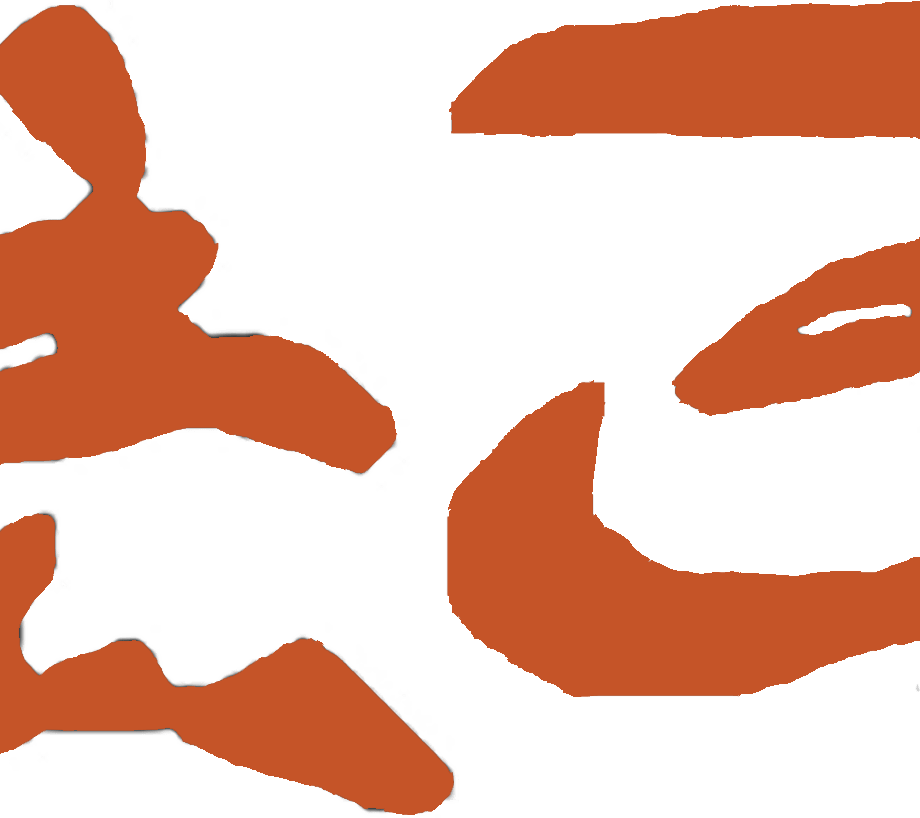
tap rad na nat ‘a w’ab Char namasat nat mw IIII Instruction of the Utterance of Purification with Four Namasat Jars of water
You need to be logged in to view this content. Please Log In. Not a Member? Join Us
-
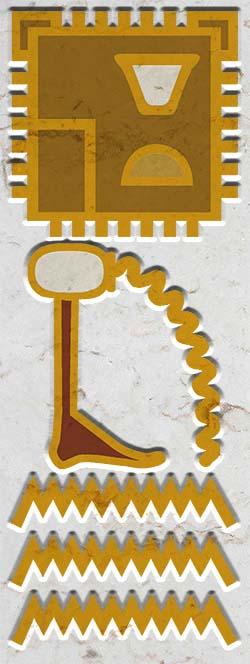
Pure Hallway
This Corridor, which is pure and leads around all this, is within the wall, which is connected with the Pylon. It is 113 cubits long and 90 cubits wide, up to the small doors that are located in it on the right and left sides of the Pronaos. There are four doors in it. Details…
-
nat ‘a w’ab ma samin na Sham’aw – Formula for purification with Samin-natron of Upper Egypt
You need to be logged in to view this content. Please Log In. Not a Member? Join Us
-
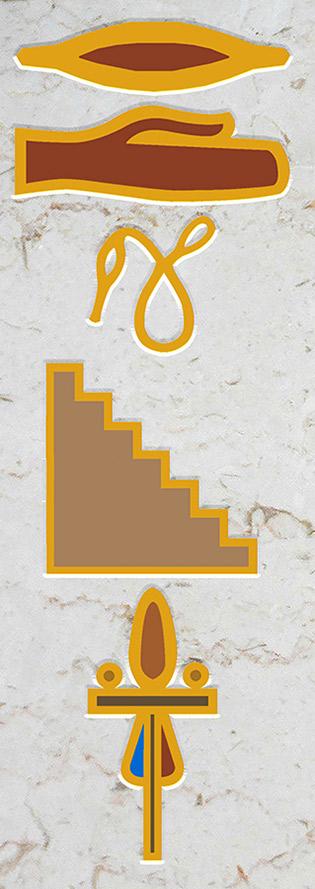
Eastern Stairway
On the east and west sides of it (Offering Table Hall) there is a staircase by which it is possible to rise and set: this god will ascend (to the temple roof) via the Eastern Stairway, together with his Uraeus-snake, the Great One, in order to see his sun-disk (in the sky), and with His…
-
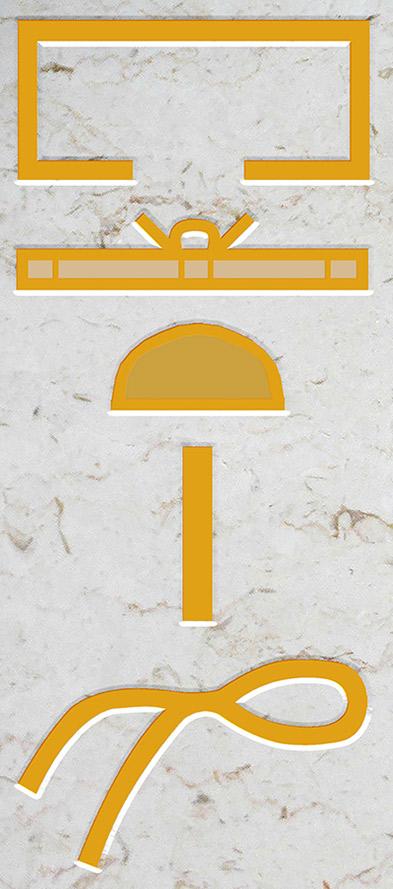
House of Papyrus Rolls
House of Papyrus Rolls of Horus equipped with the ba’a spirits of Horus-Ra Par Madja’at na Har ‘apar ma ba’w Har-R’a The Books and the great parchments of pure leather for bringing about the overthrowing of the Evil One, the repelling of the Crocodile Seth, the blessing of the hour, the preservation of a boat,…
-
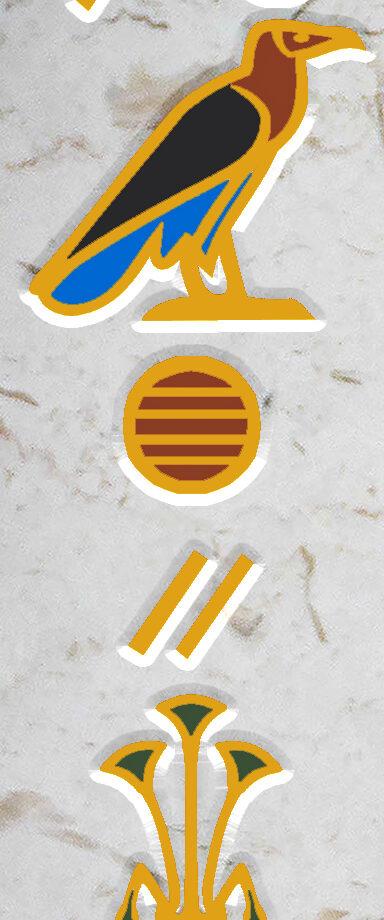
Pronaos
The Pronaos comes after it, which is higher than the rooms mentioned and wider on the right and left sides: it is 40 cubits by 36, with a total height of 30 cubits, and it is most perfectly carved on its inside with reliefs. The House of the Morning and the House of Papyrus Rolls are on the right…
-
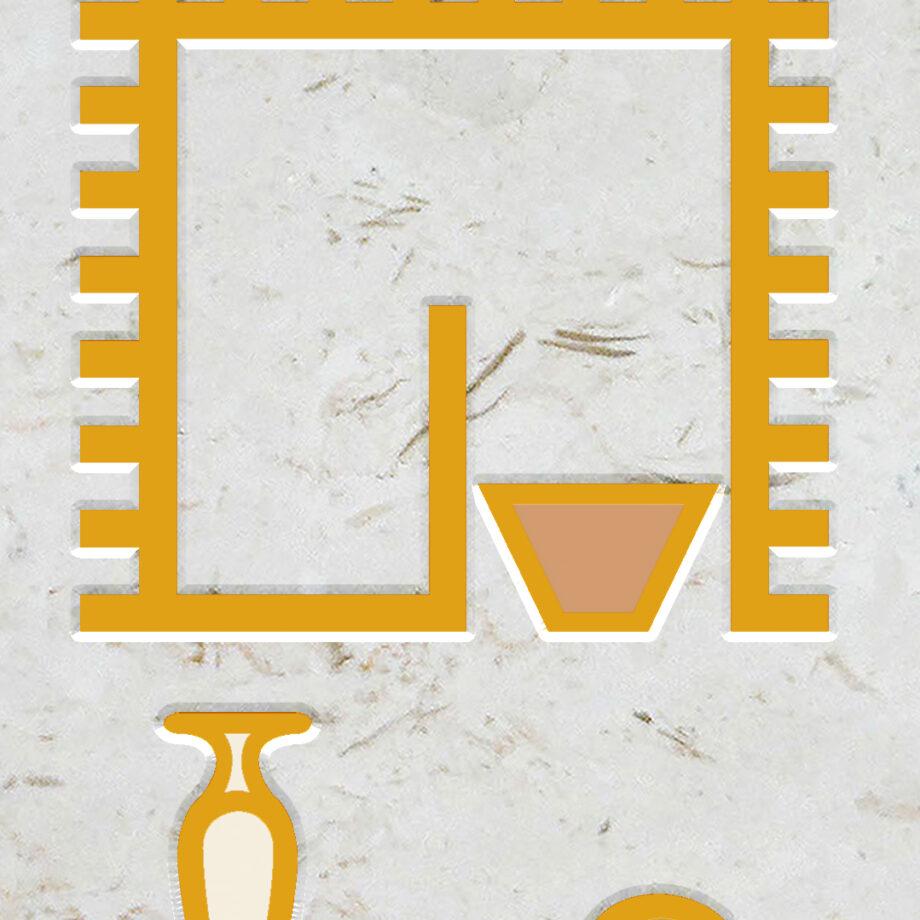
Offerings Forecourt
This perfect place, the Nome of Horus-Ra, is his horizon on earth, is the House of Appearance of His Majesty, is the Great Throne of His Ka, on which he appears and sets, in the Shrine that Protects Khepri of the quickly born child, is the place at which His body has been nourished since…
-
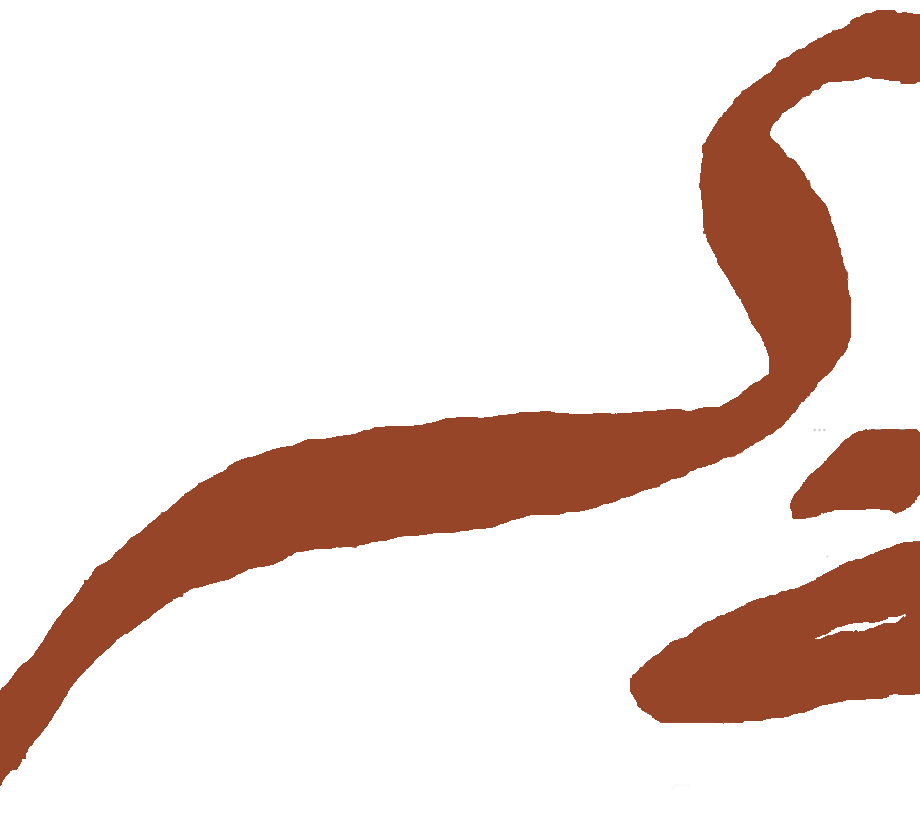
Inadj Harak Har – Hail to You Horus
You need to be logged in to view this content. Please Log In. Not a Member? Join Us
-

Inadj Harak A’asir – Hail to you Osiris
You need to be logged in to view this content. Please Log In. Not a Member? Join Us
-

Tj’aw na Hatas ranapat – Book of the Last Day of the Year
You need to be logged in to view this content. Please Log In. Not a Member? Join Us
